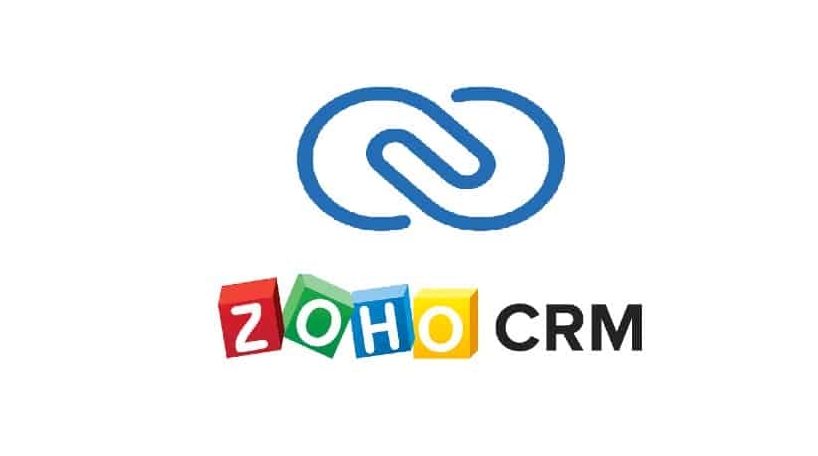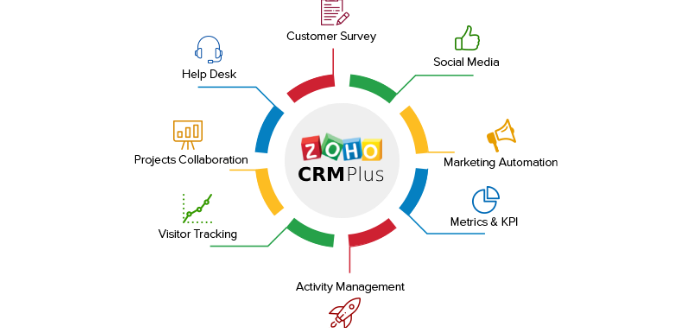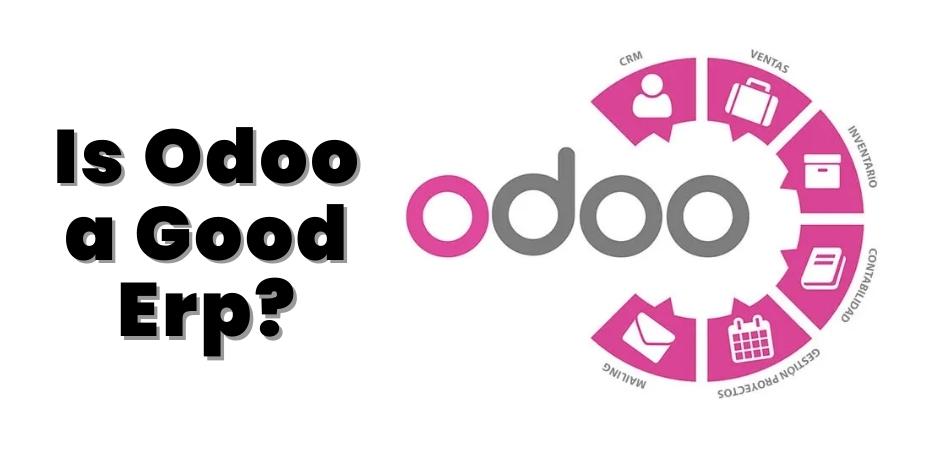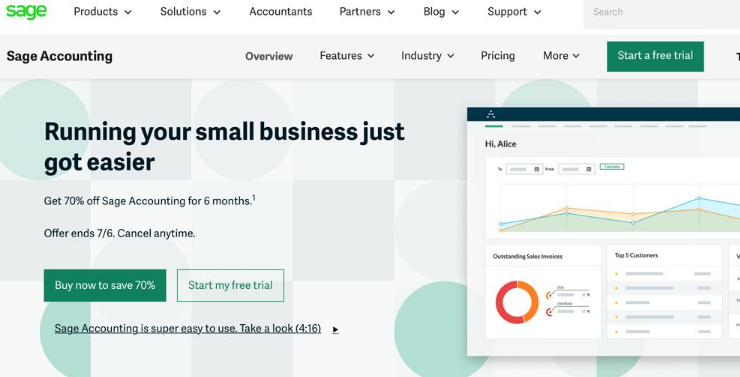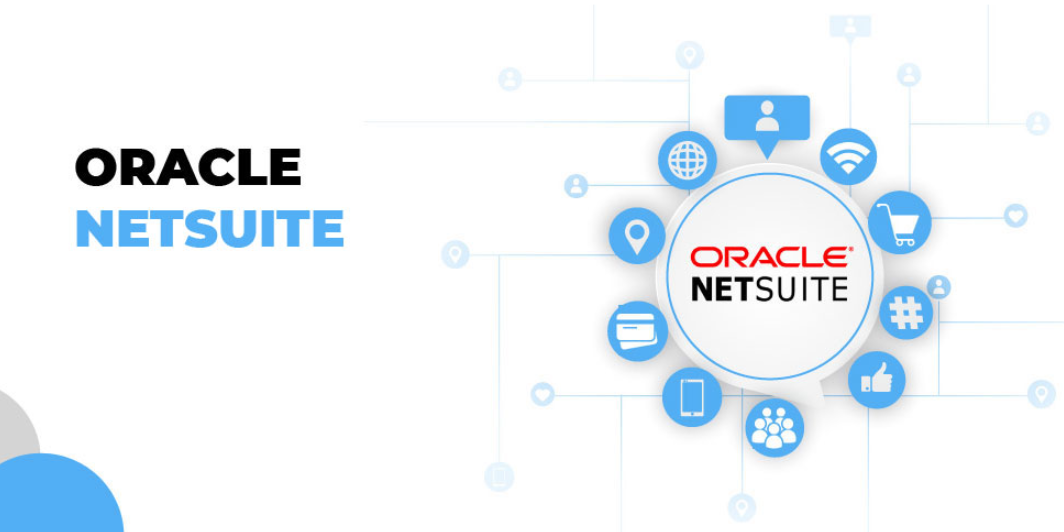what distinguishes a saas platform from regular software applications

In recent years, the software-as-a-service (SaaS) model has become increasingly popular for a wide range of businesses. SaaS platforms offer a number of advantages over traditional software applications, including scalability, flexibility, and lower upfront costs. But what exactly is a SaaS platform? And what distinguishes it from regular software applications? In this blog post, we’ll answer those questions and give you an overview of the key features of SaaS platforms. By the end, you’ll have a better understanding of how SaaS can benefit your business.
What is SaaS?
SaaS is a software as a service delivery model. It is software offered by the provider on the web. Customers can access and use the software, typically through a web browser, while the provider manages the infrastructure and security.
The SaaS model has several advantages over traditional software applications. First, it eliminates the need for customers to install and maintain the software on their own computers or servers. Second, it allows customers to access the software from any location with an internet connection. Finally, SaaS providers can offer customers flexible subscription plans that scale according to their needs.
Anúncios
What are the benefits of using a SaaS platform?
SaaS platforms offer a number of advantages over traditional software applications, including:
1. Reduced upfront costs: With a SaaS platform, you pay a monthly subscription fee rather than an upfront license fee. This makes it more affordable for small businesses and startups.
Anúncios
2. Increased flexibility: A SaaS platform can be quickly scaled up or down to meet changing business needs. This is in contrast to traditional software applications, which often require costly customizations to support changes.
3. Enhanced security: SaaS providers invest heavily in security, so you can be confident that your data is safe and secure. Traditional software applications may not have the same level of security, putting your data at risk.
4. Automatic updates: With a SaaS platform, you always have access to the latest features and functionality. There’s no need to wait for (and pay for) periodic software updates – they’re included in your monthly subscription fee.
5. anywhere access: Because SaaS platforms are delivered via the web, they can be accessed from anywhere with an internet connection. This gives you and your employees the flexibility to work from anywhere – whether that’s in the office, at home, or on the go.
What distinguishes a SaaS platform from regular software applications?
When it comes to software as a service (SaaS) platforms, there are a few key characteristics that distinguish them from regular software applications. For starters, SaaS platforms are typically delivered over the internet, which means that users can access them from anywhere in the world. Additionally, SaaS platforms are usually subscription-based, which means that users pay a monthly or yearly fee to use the platform. Finally, SaaS platforms are often designed to be highly scalable, so that they can accommodate a wide range of users.
How do I choose the right SaaS platform for my business?
When it comes to choosing a SaaS platform for your business, there are a few key things to keep in mind. First, you’ll want to consider the specific needs of your business and make sure the platform you choose offers the features and functionality you need. Secondly, you’ll want to evaluate the scalability of the platform – can it accommodate your future growth? Finally, you’ll want to look at the price point of the platform and make sure it fits within your budget. By keeping these factors in mind, you’ll be able to choose the right SaaS platform for your business.
Conclusion
There are a few key things that distinguish a SaaS platform from regular software applications. Firstly, SaaS platforms are delivered over the internet as opposed to being installed locally on a computer. Secondly, SaaS platforms are typically subscription-based, meaning users pay a monthly or annual fee to access the software. Finally, SaaS platforms are often more scalable and flexible than traditional software applications, making them ideal for businesses of all sizes.
Examples of SaaS applications and why they are different
There are many different types of SaaS applications, but they all have one thing in common: they are delivered over the internet. This means that instead of having to install and maintain software on your own computer, you can access it from any internet-connected device.
SaaS applications are usually subscription-based, so you pay a monthly or annual fee to use them. This is different from traditional software applications, which you typically purchase outright and then own for as long as you want.
The other key difference between SaaS applications and regular software is that SaaS applications are hosted in the cloud. This means that the software is run on remote servers, and you access it through a web browser or mobile app. Cloud-based delivery enables many benefits, such as scalability and increased uptime.
There are many different types of SaaS applications available, ranging from simple productivity tools to complex enterprise systems. Some popular examples include:
G Suite (formerly Google Apps) – A comprehensive suite of productivity tools including Gmail, Docs, Sheets, and Slides
Salesforce – A powerful CRM system for sales teams
HubSpot – An inbound marketing platform with tools for managing your website, blog, email marketing, and more
Zendesk – A customer support platform with ticketing, live chat, knowledge base features, and more

